We all know how the smartphone wars went down. As first iOS, the Android rose to prominence, manufacturers responded with a wave of tacky add-ons, makeovers and in some cases, entirely new operating systems. Nokia flaunted MeeGo and Symbian Anna, both of which bit the dust. Samsung had its brief moment in the limelight with the surprisingly polished Wave, which ran Bada OS: that, too, tanked. Eventually everybody (well, everybody except Nokia) gave up and went Android.
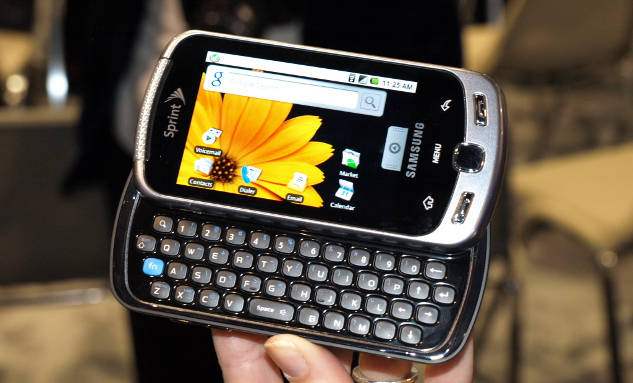
Boom. Samsung rose to prominence like never before. A slew of high-end products, a fast launch cycle, good marketing and ever-improving Android established Samsung as the largest player in the Android space. It’s doubtable where Android could have achieved the prominence it enjoys now without Samsung’s extensive Samsung’s extensive lineup of smartphones: likewise, it’s unlikely that the Galaxy series would have rose to the top without Android.
Either way, there have been rumors of a bit of unpleasant back-and-forth between Google and Samsung. There’s also the fact that, despite the awesome Play Store and so on, most of the profits off Android apps don’t go into Samsung’s bank account. The question is – what do you do when you’re getting too big for your boots?
Enter Tizen
Tizen is an operating system. Much like Android, it has roots in Linux. Tizen is primarily Samsung and Intel’s baby – it’s got a whole lot more big-name partners, like Huawei, NEC, Fujitisu, SK Telecom, NTT Docomo, Vodafone, even Sprint and Jaguar – but Intel and Samsung seem to be holding the reins. Samsung reportedly merged their own (failed) Bada OS project into Tizen.
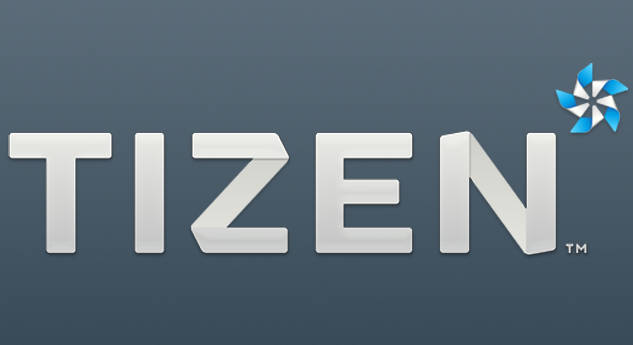
Interestingly, it’s not just a smartphone operating system. True, most of the interest in it comes from the fact that it might challenge Android, but what people don’t know is that Toyota and Jaguar are actively involved and have their own Tizen-oriented automotive consortium in the works. Tizen’s even come out on the Samsung NX300M smart camera.
However, actual Tizen smartphones have pretty much been smoke and mirrors until now. This hands-on video demoed what seemed to be a beta build of Tizen, looking remarkably similar to Android with a very ugly Touchwiz version slapped on top. That was pretty much all we had to go on until Arstechnica found a tiny booth tucked away at Mobil World Congress in Barcelona, Spain, with actual Tizen devices.
What they found was a surprisingly advanced Android clone running on very S3/S4-like “prototype” hardware.
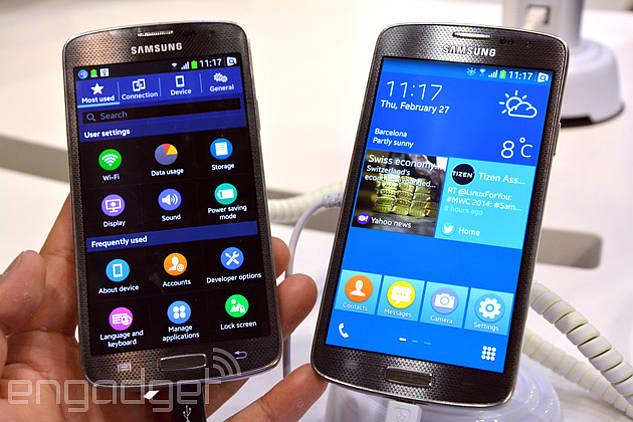
While Tizen’s codebase might be ever so different, it’s hard to tell. The TouchWiz interface is Samsung’s own, and slapped on Tizen, the resemblance to any Samsung Android device is disturbing: you can almost see a few icon changes here and there would make it virtually indistinguishable from Samsung’s droid offerings. While the user interface is nowhere near as polished as even stock Touchwiz, it’s not that far off for an OS that’s barely seen the light of day. In fact, the revamped Touchwiz interface on the Samsung Galaxy S5 has seen a disturbing influence from Tizen rather than the other way around. We’re talking about those weird round icons in the settings menu. Samsung may suck at its UIs, but it looks like they’re bringing the OSes closer together visually until a switch from one to another would be virtually seamless.
This boat is very hard to rock
Interface or no, Tizen faces the exact same problems that every new smartphone OS has to face. Android is established. 6 years and millions of devices shipped have given in a massive developer community and app ecosystem. There’s a saying – “If it can be done, there’s an app for it.”
Any new entrée automatically falls prey into the chicken-and-egg syndrome of our time – nobody makes apps for Tizen because nobody buys Tizen smartphones, and nobody buys Tizen smartphones because nobody makes apps for Tizen. David Neary referenced this syndrome in his article “From MeeGo to Tizen: the making of another software bubble.” In it, he points out how Tizen could be a failure built upon failures.
This is the exact same reason Bada tanked back when it was released. It’s the exact same reason people haven’t switched over wholesale to Blackberry or Jolla. Like it or not, Android debuted at a peak point when apps were shifting from being amusing add-ons to being absolute necessities. Only Nokia is making any headway as of late and even well-built hardware and Microsoft’s backing hasn’t proved powerful enough to make it a half-serious contender to the heavyweights in the ring.

Another fact is that Tizen’s development framework seems to be completely different to Android’s Java-based way of doing things. Coding apps for Tizen is done primarily using Javascript, C++ and HTML5. This opens up tons of functionality – in fact, the Tizen foundation already has support in third party game development middleware like Construct 2 and Havok’s Project Anarchy, and the fact that it runs HTML5 anyway is going to considerably speed up the process of creating brand-new games. From a techie perspective, all of that is very cool. From a user perspective, none of that matters: all we need is a giant app store with lots of stuff in it.
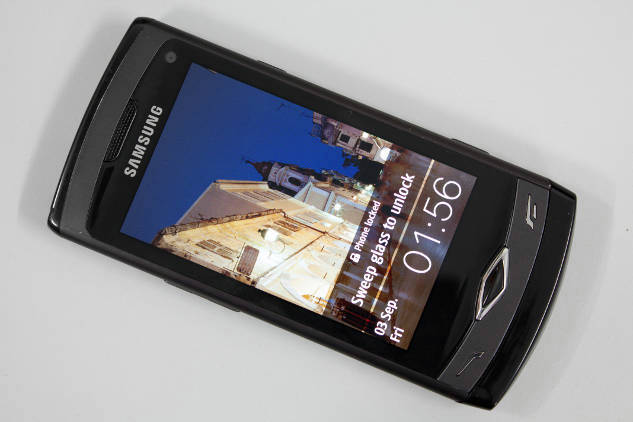
As Arstechnica aptly pointed out, “Google is such a huge software developer that it can provide its own killer apps for its OS. Products like Google Maps, Gmail, Google Now, and YouTube are the best parts of owning an Android device.” Scratch Gmail, YouTube and Google Now: Maps and Google Play single-handedly prove some of the biggest Android experiences, and Tizen will never have them. Going from zero Tizen customers and zero Tizen apps to millions of both is an insanely difficult task.
However, if anybody can do it, it’ll be Samsung and Intel. Google as a whole earned some $59.82 billion in revenue in 2013: Samsung – as a whole – earned a whopping $268.8 billion. Samsung can literally throw money at the project until it succeeds. Whether it will or not is a different matter: it can. The question is, if it does, what will the repercussions be? Can Samsung Mobile actually work on Tizen devices while maintaining a strong lineup of Androids? Only time can tell. Samsung might eventually end up putting Tizen on its low-to-mid-end phones and letting Android run the flagships. There are many possible outcomes here.
Let’s sit back and wait, and hope that when Tizen does come out of the closet, it’ll look at lot better than it does now.




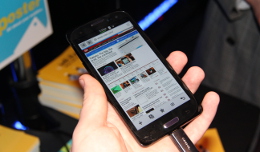

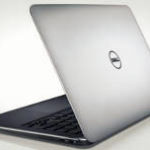
GIPHY App Key not set. Please check settings